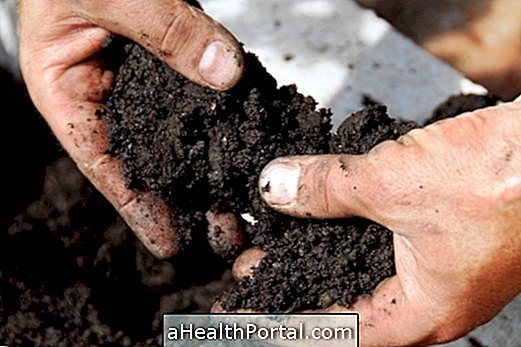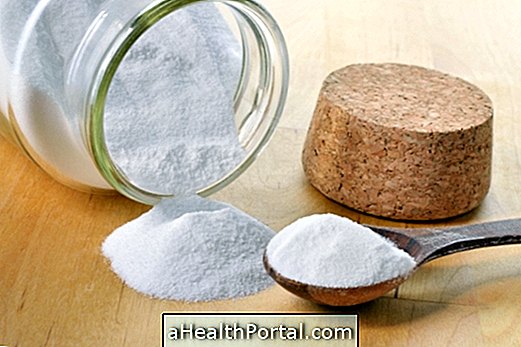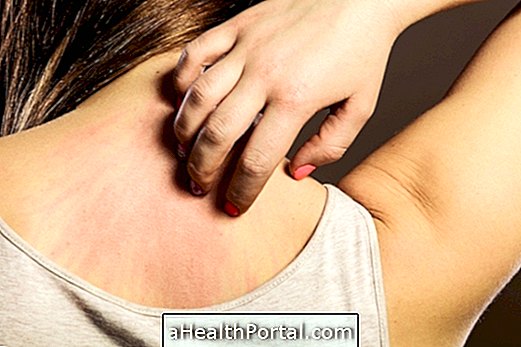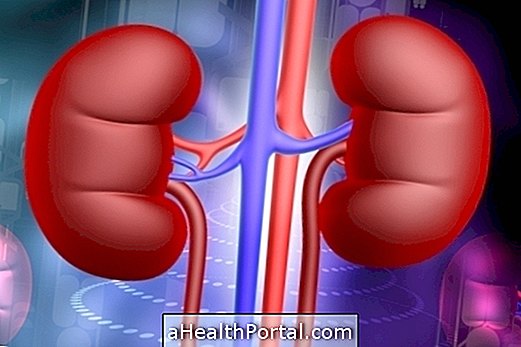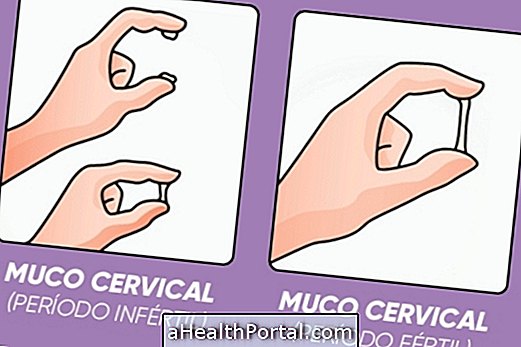The treatment for candidiasis can be done at home, does not hurt and is usually done with the use of antifungal pills or tablets prescribed by the doctor depending on the type of Candida infection.
The patient should consult a general practitioner in order to identify the type of candidiasis and indicate the most suitable specialist, who may be the gynecologist in the case of the woman or the urologist for the man, for example.
Candidiasis treatment ointments are used when the infection affects the genital area and include:
- Fluconazole;
- Clotrimazole;
- Nystatin;
- Ketoconazole.
These ointments can be used in the treatment of candidiasis in men or women and should be applied up to 14 days, as directed by your doctor.
Home treatment for candidiasis
The home treatment for candidiasis can be made with natural yogurt, as the yogurt has decreased the acidity of the vagina, preventing the growth of the bacteria that cause candidiasis. To do this homemade treatment, you can dip an inner absorbent in the natural yogurt and insert it into the vagina, letting it act for at least 3 hours. See other tips to cure faster candidiasis and how to prevent it from coming back in this video:

Treatment Care for Candidiasis
Some care in treating candidiasis includes:
- Have good body hygiene, keeping the intimate region well dry;
- Do not have intimate contact without a condom;
- Wear tight cotton clothing;
- Avoid overuse of medicines, especially antibiotics;
- Drink plenty of fluids;
- Give preference to vegetables, vegetables and fruit;
- Avoid consumption of alcohol, sugar and fatty foods.
These care helps to treat and prevent the onset of candidiasis and can be used by men and women of any age.
Treatment for recurrent candidiasis
The treatment for recurrent candidiasis should be started by treating the cause of the infection, and when it is caused by the use of an antibiotic, that remedy should be terminated, for example.
In addition, recurrent candidiasis may also be an indication of a weakened immune system or serious illnesses, such as diabetes or leukemia, for example, and should therefore be evaluated by a general practitioner.
Treatment for candidiasis in pregnancy
The treatment for candidiasis in the pregnant woman should be done before delivery, in order to reduce the chances of transmission of the fungus to the baby during normal delivery.
Generally, the remedies for candidiasis in the pregnant woman are Amphotericin, Nystatin, Oxiconazole or Terconazole, which must be prescribed by the obstetrician or gynecologist.
Candidiasis in pregnancy is very common, since the immune system of the pregnant woman is weakened, facilitating the development of fungi.
Signs of improvement
Signs of improvement of genital candidiasis include decreased itching, redness and swelling, as well as disappearance of white discharge. The signs of improvement of intestinal candidiasis are, essentially, the regulation of the intestinal transit and the reduction of fatigue and weakness.
Signs of worsening
In case the infection is getting worse, signs of worsening may occur, such as nausea and vomiting, severe abdominal pain, fever with chills, or loss of appetite for long periods. If the patient shows signs of worsening candidiasis, you should go to the hospital to start the appropriate treatment.
